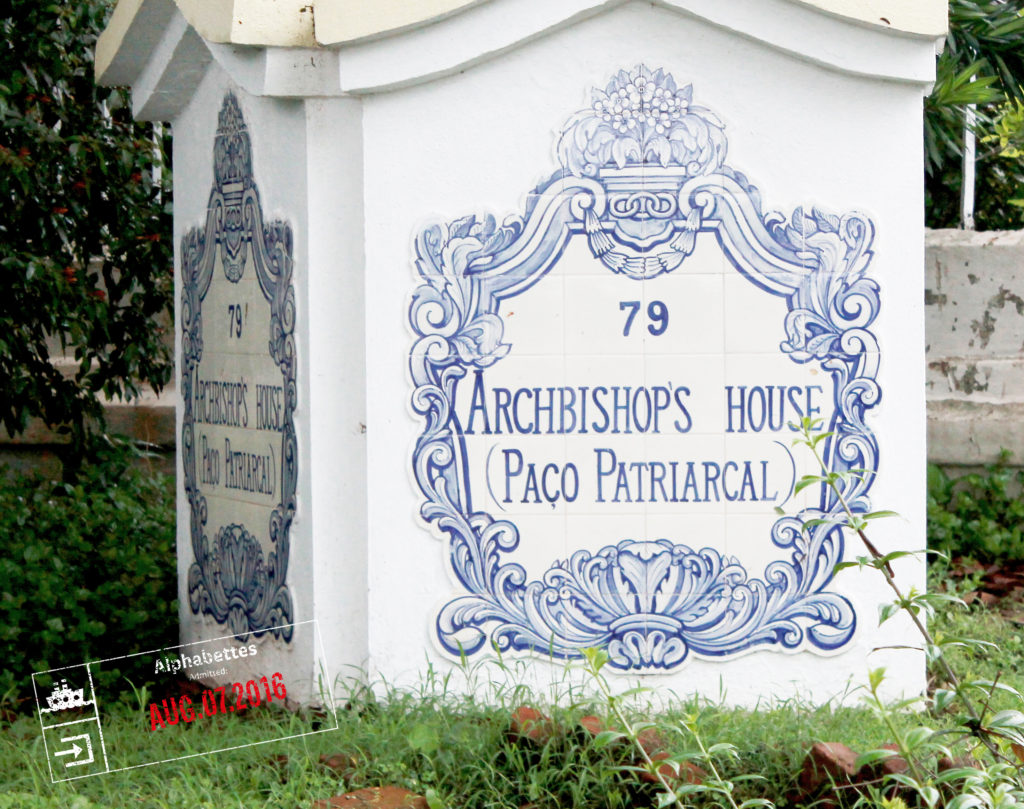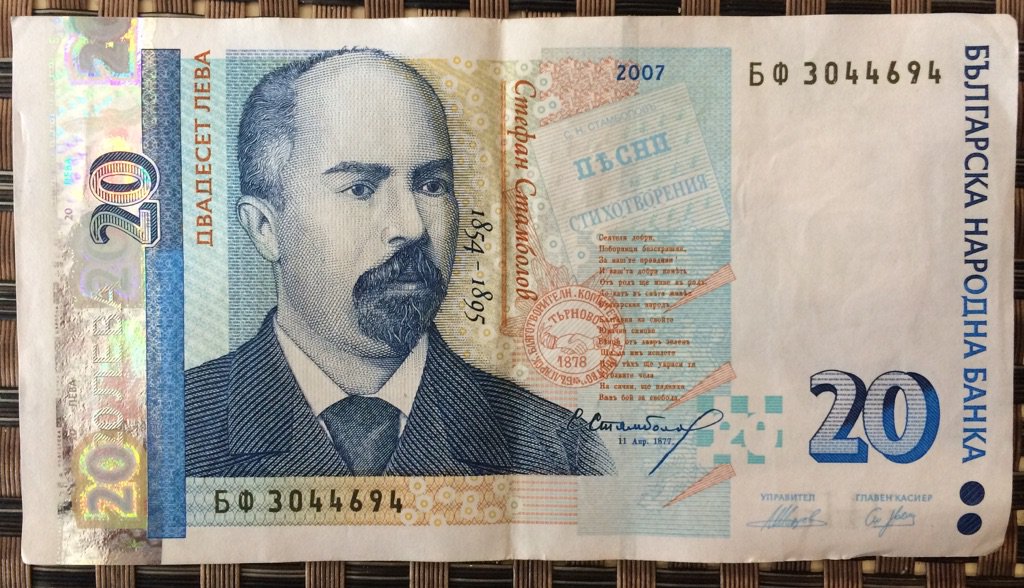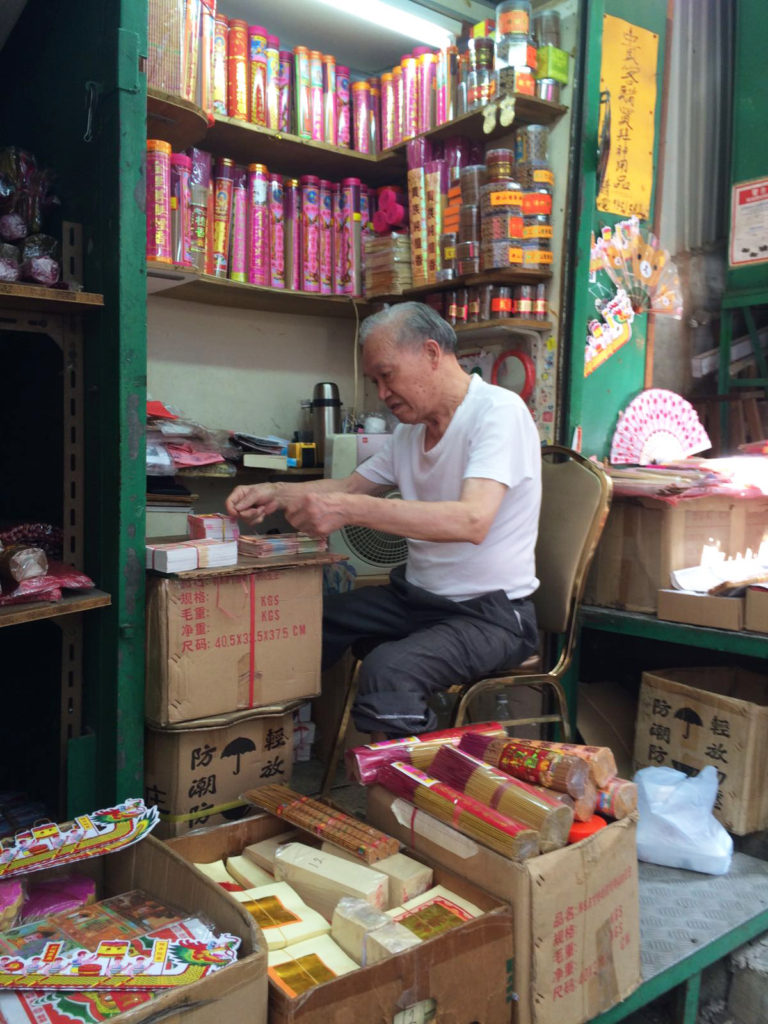When ‘Santiago’ is mentioned, many will first think of Chile; however, this Santiago is located in northwestern Spain. Santiago de Compostela has an official population of less than 100,000 inhabitants and is known internationally as one of the most important pilgrimage destinations in the world. In 1985 the old town was declared a World Heritage Site and, in 1987, the “Camino” was named the First European Cultural Itinerary by the Council of Europe. There are numerous books written in numerous languages regarding the ‘Camino de Santiago’, so I will refrain from images of the cathedral and other tourist traps.
Signage, an important element of urban landscapes, becomes a particularly interesting topic with regard to environments where the protection of historical buildings is a must. In Santiago, a 2012 sign regulation defines the size, placement, and other features. There is no typographic requirement although it is mentioned that the design must be well-integrated into the historical environment. A better control is needed as many commercial signs infringe the rules and some have just been abandoned. (If we really want to preserve our artistic-historical heritage, we should care a bit more about its maintenance.)

Some structures, formerly for hanging signs, remain even when they lack a function creating metal arrows that seem to be point nowhere.






